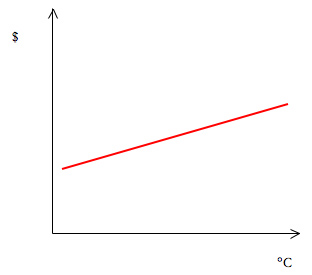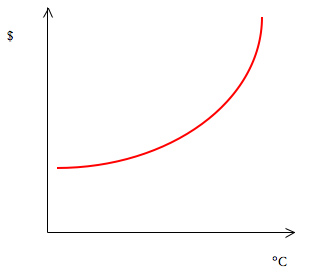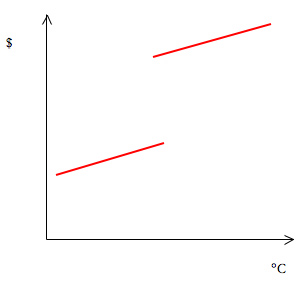Apparently, Lockheed-Martin got the contract to serve as prime contractor for a return to the moon, and possibly further travel from there to Mars. Now, when I first heard the ‘back to the moon’ proposal, I assumed it was electoral fluff. How can an agency that decided to scrap such a useful piece of scientific equipment as the Hubble Space Telescope possibly be considering the scientifically pointless mission of putting human beings back on the moon?
I believe that humanity will eventually expand outwards into space. It is advisable due to the small but catastrophic risk of asteroid or comet impact, as well as generally in keeping with an agenda of exploration that I find personally inspiring. The first moon landings were an astonishing demonstration of human ingenuity and American technical and economic might. With present technology, manned spaceflight is a symbolic and political endeavour, not a scientific one. That said, returning to the moon serves no purpose, scientific or political. If we could do it in the 1960s, we can do it again now. Even if you accept the argument that a moon base is necessary for a manned mission to Mars, the enormous question remains of why we should take on such an expedition at this time, with this technology, and the present financial circumstances of the United States.
When it comes to space science, people are very expensive and delicate instruments. Robots might not always work (note all the failed Mars landers), but they don’t require all the food, air, space, and temperature and acceleration control that people do. The things we hope to learn about our solar system and the space beyond are almost certainly better investigated by robots, at this time. And the moon is hardly a profitable place to go looking for new scientific insights. A robot sent somewhere interesting – like Europa – would almost certainly advance science more than sending scores of people to that great airless ball that lights up our night sky and causes our tides.
This plan is especially absurd given the magnitude of public debt in the United States right now. The existing level of federal debt is more than $8.5 trillion, more than $28,000 per person, and the federal budget is sharply in deficit. If we could choose to send people to the moon instead of developing one of the two hugely expensive fighter jets now being rolled out (the F-22 and the Joint Strike Fighter, a $256 billion program), I would be all for it. At least, going back to the moon would do relatively little harm (wasted resources aside). Of course, no such trade-off is being offered. This would be spending over and above the sums already being expended on pricey little projects like the JSF, the DDX destroyer (about $4 billion per ship), and the war in Iraq (more than $300 billion, so far). The comparison to military hardware is a sensible one, since manned spaceflight is, to a large extent, just another massive subsidy to the military aerospace industry. Hopefully, the passing of the mid-term elections will put this white elephant to sleep again.
Related items:
- The Economist argues against manned spaceflight, specifically a return to the moon. Also, on the demise of Hubble. (An account may be required to read these.)
- My paper (PDF) on the space race as ‘primitive warfare,’ originally published in UBC’s Journal of International Affairs




